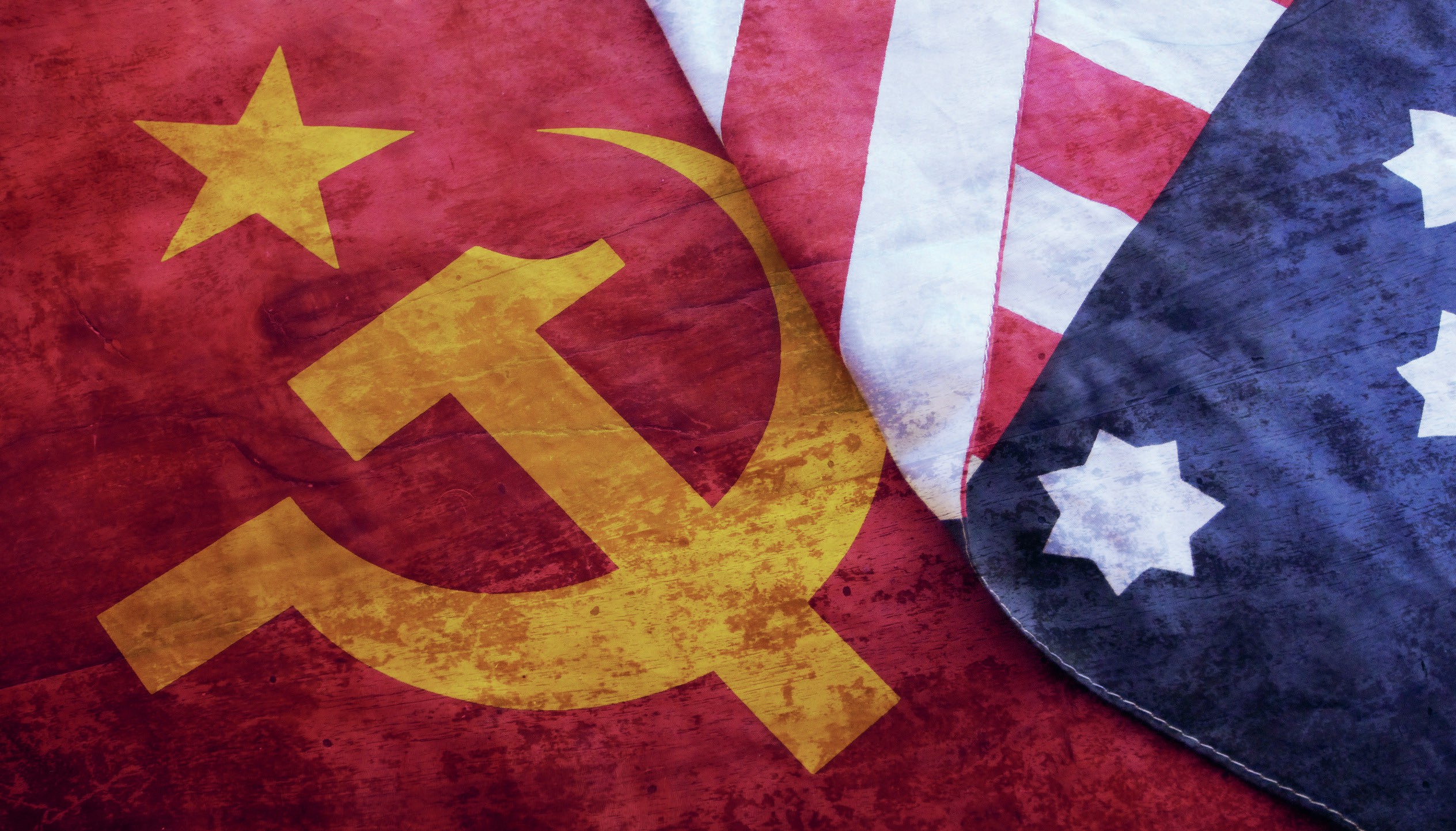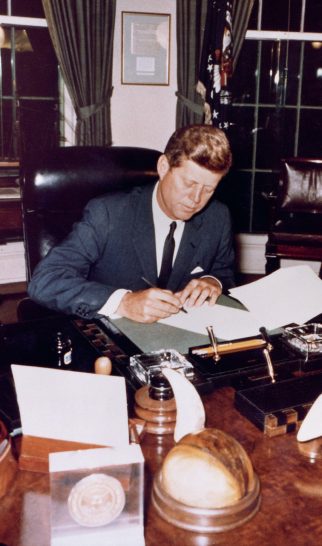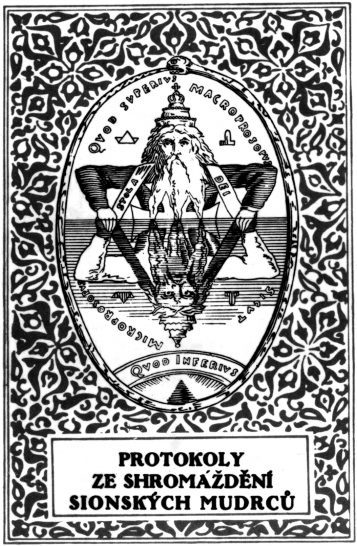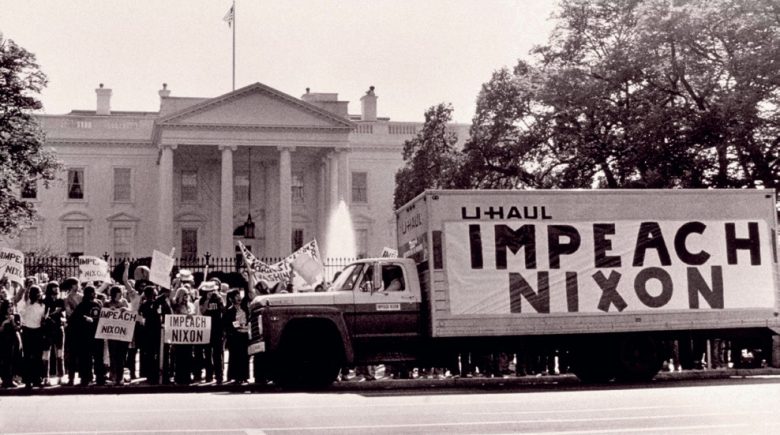
In 1944–45, as the Second World War ground to its end, no one knew what the postwar world would look like. At one extreme, the generally good relations between President Roosevelt and Stalin suggested there might be a continuation of the Grand Alliance which had won the war. At the other extreme there were fears that, as the two giant armies converged on Germany from east and west, they might blunder into each other and, by accident or design, start fighting each other.
At the centre of these colossal uncertainties and now-nuclear risks, stood one of the most accomplished Russian experts in the history of US diplomacy, George Kennan. He had been closely observing Soviet foreign policy since its origins around 1920. From his vantage point he formulated a set of principles he believed would be necessary to deal with the USSR and encapsulated them in a 5,500-word message sent from the Moscow embassy to the State Department in Washington on 22 February 1946. It became known as the Long Telegram and was a crucial factor in the emergence of the Cold War.
Your organisation does not have access to this article.
Sign up today to give your students the edge they need to achieve their best grades with subject expertise
Subscribe




